Ai Weiwei and me: the collector’s tale
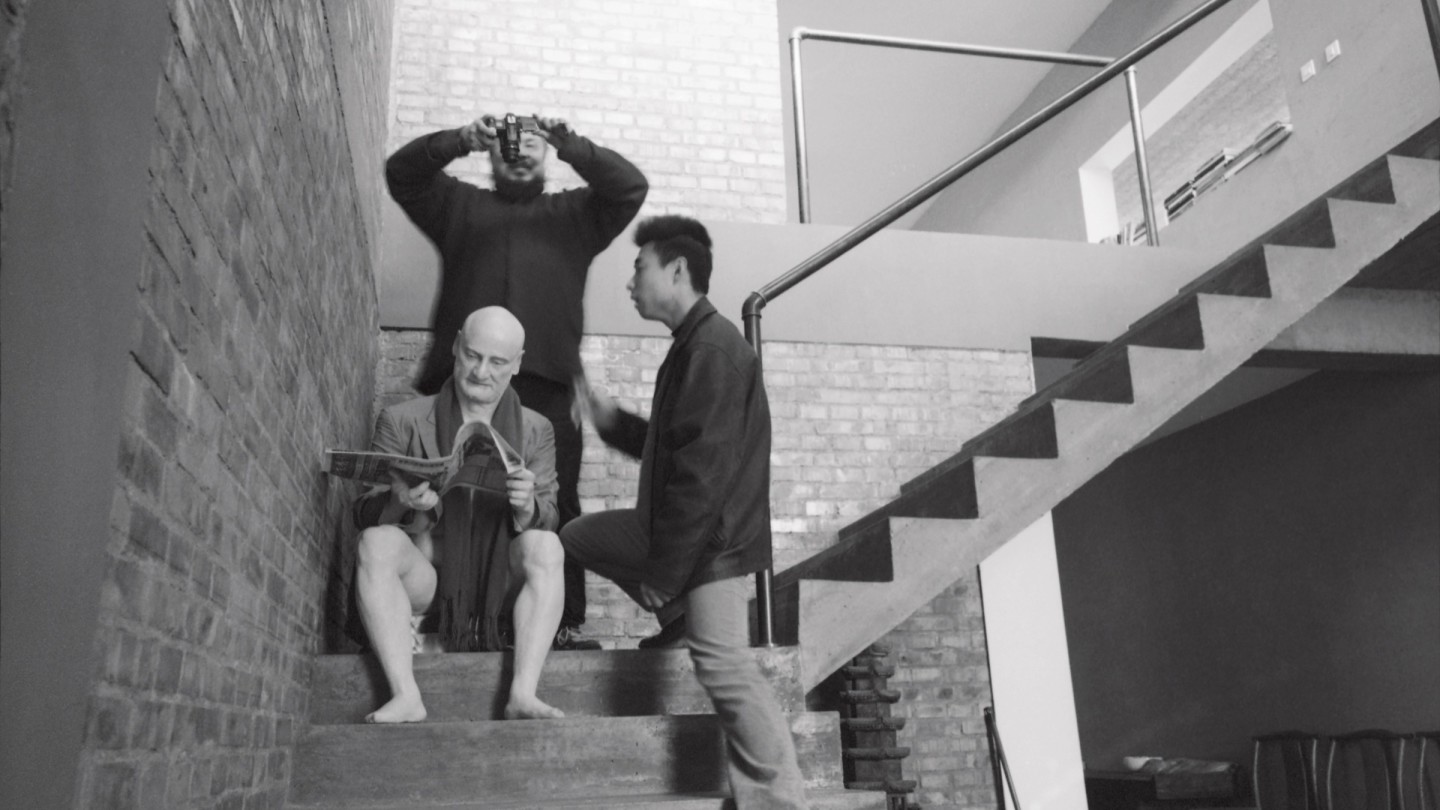
Roula Khalaf, Editor of the FT, selects her favourite stories in this weekly newsletter.
The body of Ai Weiwei has been lying face-down on the 18th-century woodblock floor of Turin art museum Castello di Rivoli for many months now. Clothed in the navy suit of China’s National People’s Congress, it’s an unsettlingly lifelike work by 34-year-old Chinese artist He Xiangyu. Its title, The Death of Marat, refers to Jacques-Louis David’s 1793 painting of French revolutionary Jean-Paul Marat, who was stabbed to death in his bathtub.
The sculpture, with all its political ambiguity, is part of Swiss businessman Uli Sigg’s overarching collection of contemporary Chinese art, currently being spotlit at the museum housed in a historic royal residence in the hills above the city. Castello di Rivoli’s director, Carolyn Christov-Bakargiev, was inspired to explore the role of private collectors after the reclusive industrialist Federico Cerruti bequeathed his $600m art collection to the museum. Now, looking at his artwork, she’s reminded of “those bodies in the 1964 film The Last Man on Earth, a zombie movie about a pandemic”.
The timing of an exhibition about Chinese art in northern Italy is indeed uncanny. The opening event at the end of February was called off just as Italy’s lockdown began to take hold; the night’s headline talk between Sigg and Ai – the mercurial dissident artist best known for filling Tate Modern’s Turbine Hall with porcelain sunflower seeds – took place over Skype, with the latter dialling in from Rome.
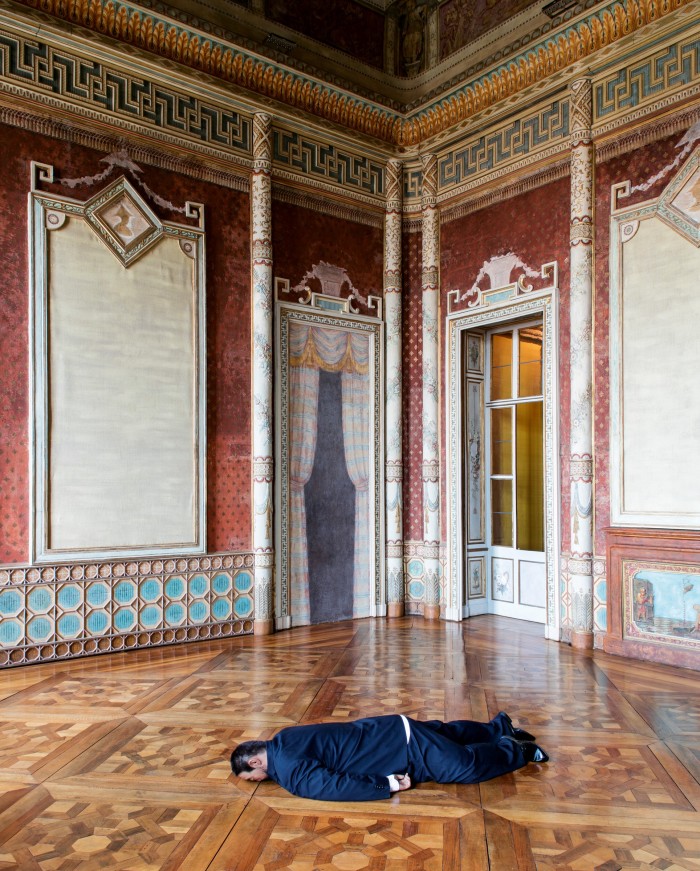
“Uli is much more important than my dentist or my doctor,” Ai laughs when, later that evening, Sigg and I connect with him across the ether. “I see him as a friend rather than a collector. We enjoy so many things beside art. Politics. Food. We share the same kind of humour. And we admire each other’s differences – I’m always questioning authority, and Uli is very calm, very rational, very Swiss. He’s never really argumentative, but we are both stubborn in our own way.”
“We also use the same volume shampoo,” jokes Sigg, rubbing his hairless head. A sprightly 74-year-old, he is dressed in a bold floral shirt, red slacks and Nikes. The former journalist forged the first post-Cultural Revolution joint business venture with China in 1980, as the vice-chairman of the China-Schindler Elevator Company in Beijing. As Christov-Bakargiev puts it: “Uli invented state capitalism in China. When I asked him how many companies copied his business model, he said, ‘One or two million.’”
Art became a way for Sigg to explore his adopted country. “I followed the scene in the late 1970s, but I wasn’t impressed. Looking at it with a western eye, it appeared to have been made 100 years too late,” he says. “But throughout the ’80s, contemporary Chinese artists gradually found a language of their own. I started collecting in the mid-’90s, when I realised no one was doing so in anything other than a random way. I sought to mirror Chinese art production along the timeline and across all media. This meant I had to also collect backwards, to add what I had missed.” The result is the world’s largest known collection of Chinese contemporary art: some 2,600 pieces ranging from the state-sanctioned social realism of the late ’70s to political pop paintings and contemporary installations, such as He’s dirt-like mound of sweet-scented boiled-up Coca-Cola.
At the centre of it all is Ai Weiwei, whom Sigg met in Beijing in 1995. “At the time I didn’t consider myself an artist,” says Ai, who had recently returned to China after living for more than a decade in New York, hosting Chinese artists in his Lower East Side apartment and befriending Allen Ginsberg. “Still today, I don’t care that much if I’m an artist or not. And I don’t think Uli cares at all. We joke about how we got to where we are today.”
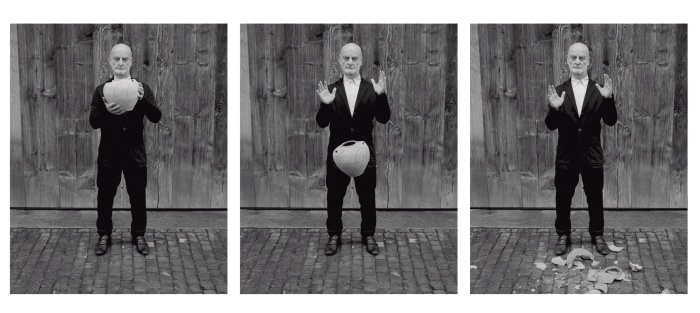
Which, for Ai, is “Probably the best-known artist on the planet,” says Sigg. “He’s been in all the big institutions, had 700 exhibitions, 150 solo exhibitions…” It’s a position Ai is quick to credit Sigg’s role in. “I always say Uli is my maker,” says Ai, “because he introduced me to people who created a possibility for me.” One of whom was the late Harald Szeemann, who included Ai in the 1999 Venice Biennale.
“When I bought the first works from Weiwei, I had to negotiate up for the first time,” says Sigg, provoking another belly laugh from Ai. “I just came out with a number and he could not accept something so irrational,” says the artist. “That joy in seeing his face was much bigger than the numbers,” Ai continues. “Seeing how this man, with all his business background, could be made so uncomfortable.”
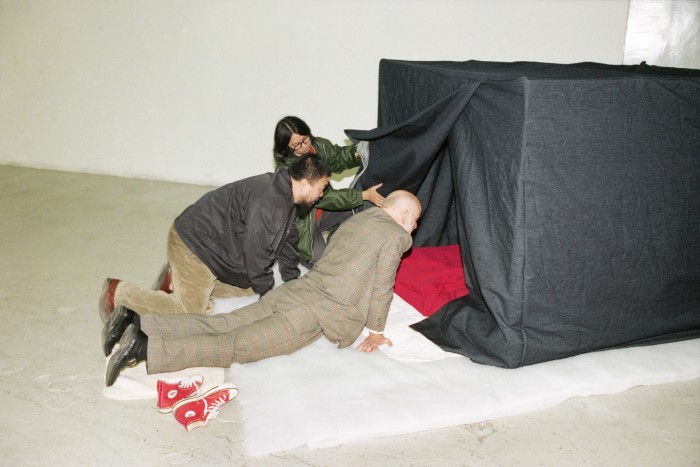
In turn, Sigg reveals genuine glee in showing me “something to shock Ai Weiwei”. It’s a photographic riposte to Ai’s well-known work Dropping a Han Dynasty Urn; but whereas Ai is shown smashing a Chinese antique, Sigg is seen dropping one of Ai’s early Coca-Cola vases – an ongoing series of traditional Chinese vessels painted with the drink’s logo (an example from 2014 sold for £325,000 at Phillips last year). “We showed the photos to Weiwei and he was speechless for a moment,” says Sigg, revealing that the vase he broke was a replica.
Another example of their collaborative closeness is Ai’s realistic sculpture Uli Sigg (Newspaper Reader), which was a gift. “It’s a symbol of our friendship,” says Sigg of the piece that will feature in the permanent collection of Hong Kong’s Herzog and de Meuron-designed M+ Museum, due to open next year. And herein lies a thorny issue in their 25-year friendship: Sigg’s decision to donate the majority of his collection – 1,450 works with an estimated value of $163m, including 26 works by Ai – to Hong Kong. “There is a film about me,” says Sigg, “in which Weiwei says, ‘He would have better thrown all his things into his lake than give it to China.’”
But to his friend’s face, Ai is sensitive in his choice of words. “Uli can function as a bridge between the west and the east,” he said. “But Hong Kong is being dismantled, deconstructed by one side of the land, so his function as a bridge is really being challenged.” Beijing’s new national security law for Hong Kong adds fuel to the debate, but it’s not something Sigg – from his art-clad island castle in Lake Mauensee, Lucerne – is keen to discuss with Ai. Instead, the former Swiss ambassador to China highlights a statement that the museum will “uphold and encourage freedom of artistic expression”. “It comforts me to a degree, but how will it play out over the years?” wonders Sigg. “No one knows.”
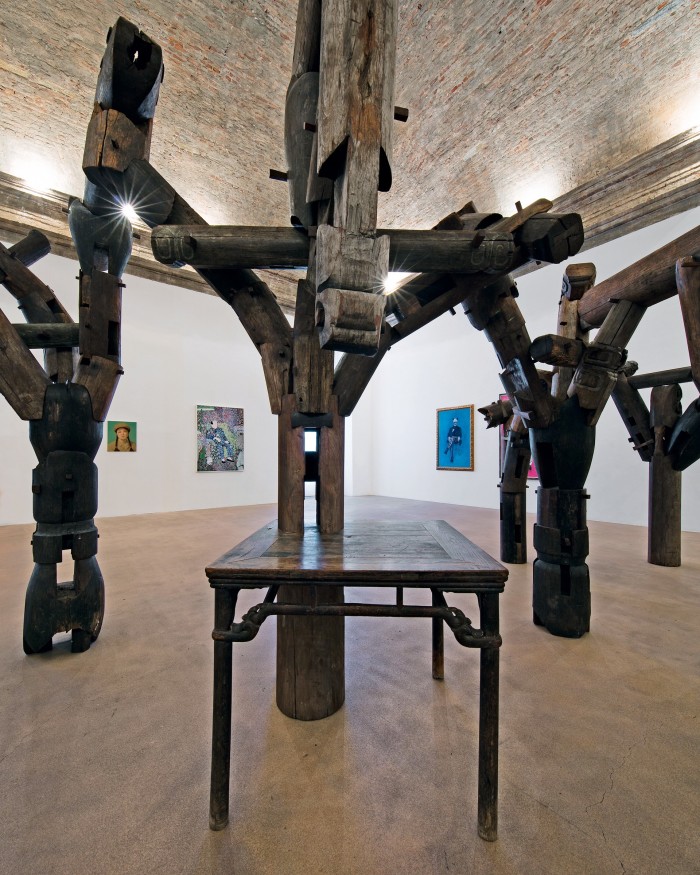
Ai – who was detained by the Chinese authorities in 2011 for alleged tax evasion – of course has a theory. His response begins with the art destroyed during the Cultural Revolution (“All the paintings have been burnt. All the porcelain has been smashed. Even temples have been destroyed”); predicts the withdrawal of foreign investment from Hong Kong; and ends with “a museum that has no function at all. An art institution requires a liberty and a so‑called freedom, and if that disappears, it will suffer like in the wintertime. It’s such a pity.”
But, for now, the art spheres of Ai and Sigg continue to spin. While Ai’s take on Puccini’s opera Turandot, due to open at Rome’s Teatro dell’Opera in March, has been postponed until next year, his lockdown in Cambridgeshire has led to a coronavirus-inspired series of screen-printed face masks. Hosted on eBay throughout June, at the time of going to press the initiative had raised more than $1.3m for charities such as Médecins Sans Frontières (a less controversial response to the crisis than his Instagram post that read: “Coronavirus is like pasta: the Chinese invented it, but the Italians will spread it all over the world.”)
Meanwhile, the inaugural Sigg Prize (formerly the Chinese Contemporary Art Award, set up by Sigg in 1997) recently awarded $HK500,000 to Hong Kong-based artist Samson Young for his video installation Muted Situations #22: Muted Tchaikovsky’s 5th. And in Turin, the public is slowly beginning to view Sigg’s collection at Castello di Rivoli. There, Ai’s 2005 sculpture Fragments – a map of China wrought in pillars and beams salvaged from demolished Qing dynasty temples – has fresh resonance as the world questions China’s openness during the coronavirus outbreak. The provocative sculpture by Sun Yuan and Peng Yu, One or All (Ash Column), made from human ash, also feels tragically timely. Both works will go to Hong Kong. Both feel like a reminder that art, like life, is ephemeral and fleeting. “This virus is a reminder of how fragile our condition can be,” says Ai. “Everything can be just blown away in the wind.”
Comments